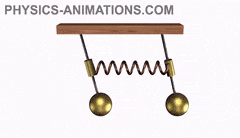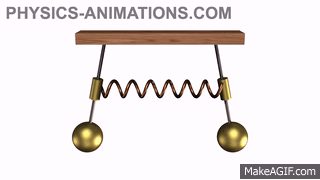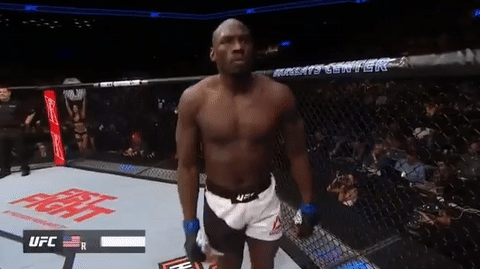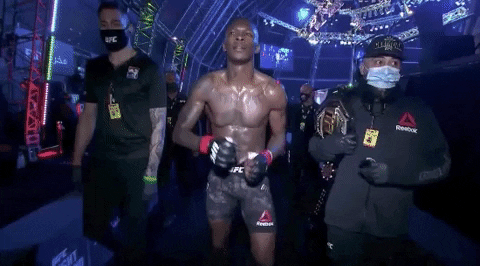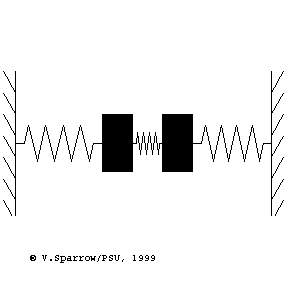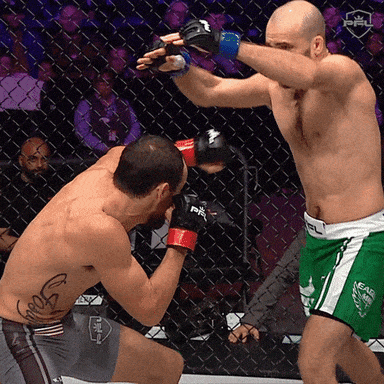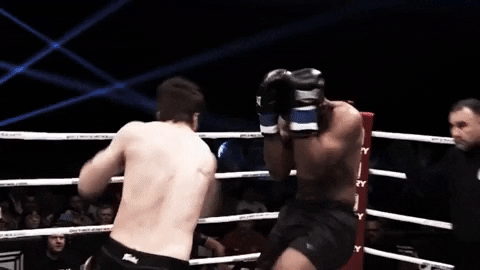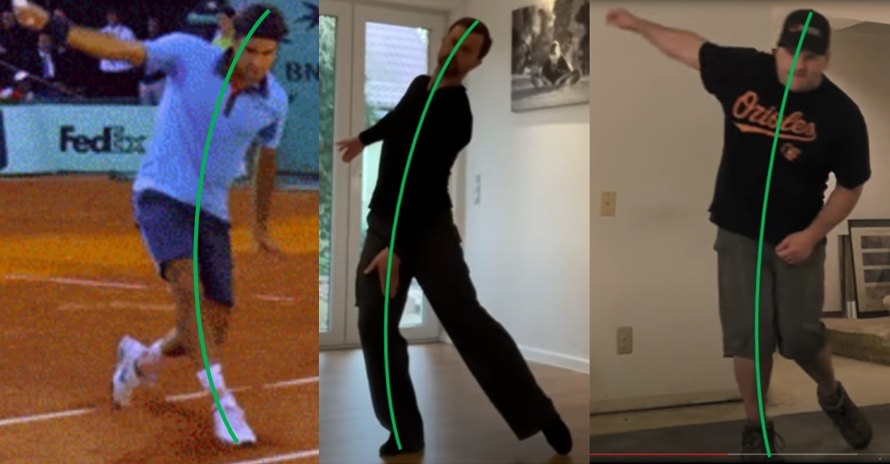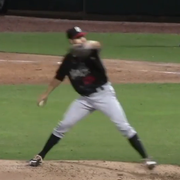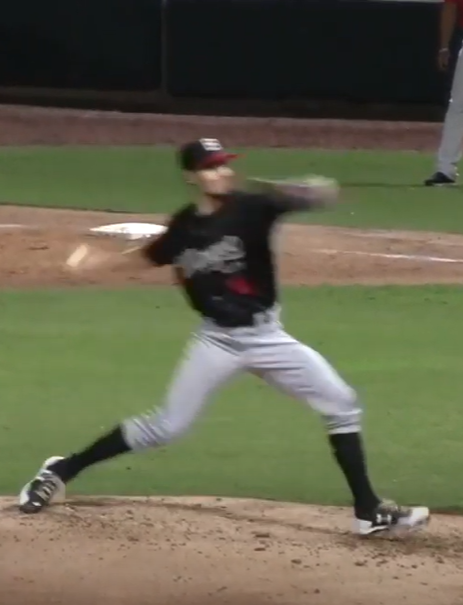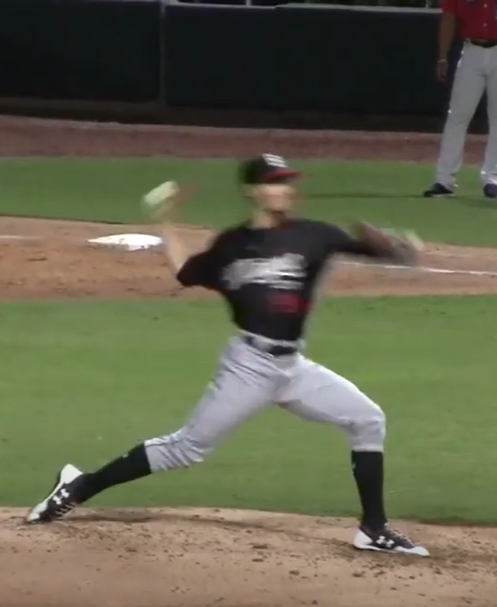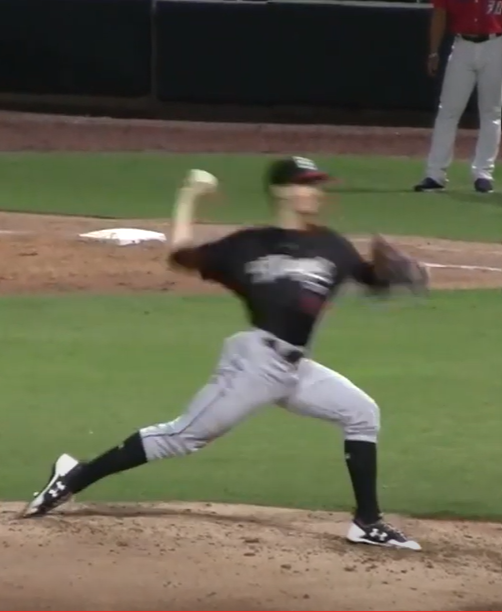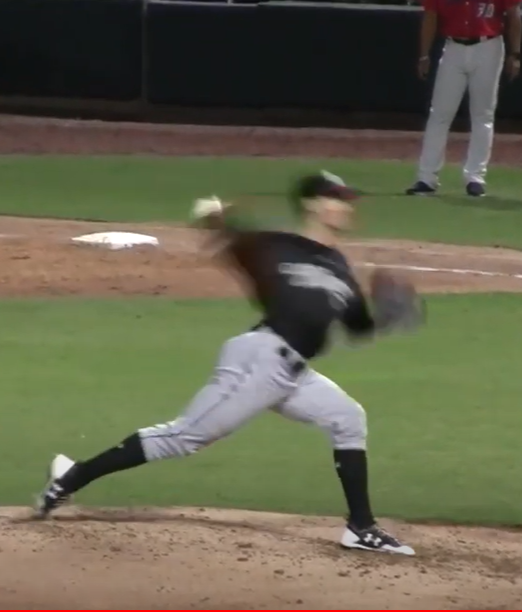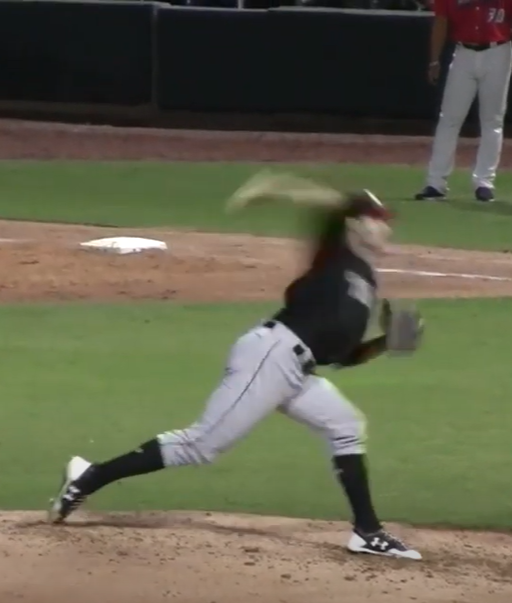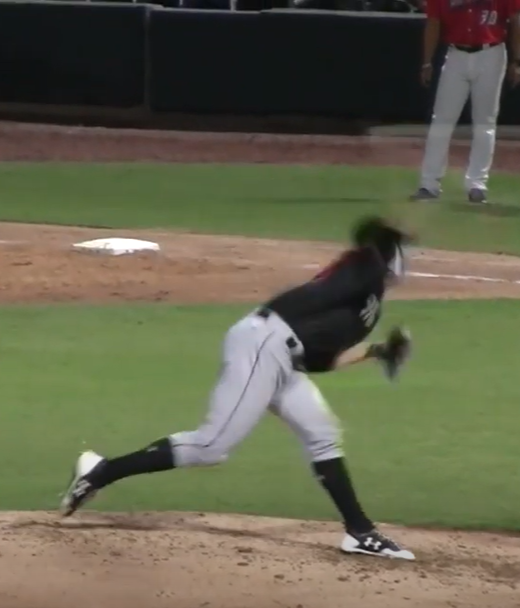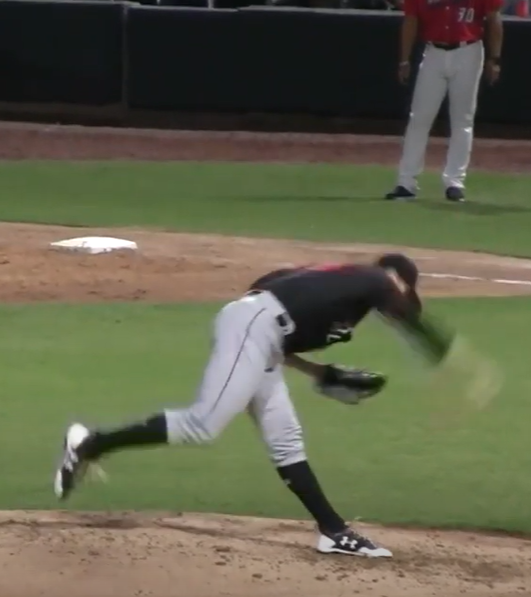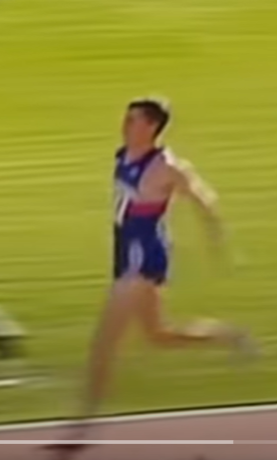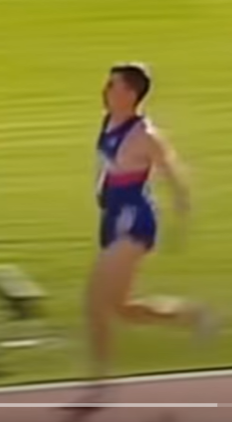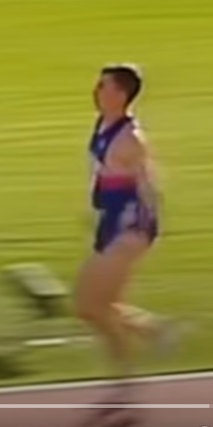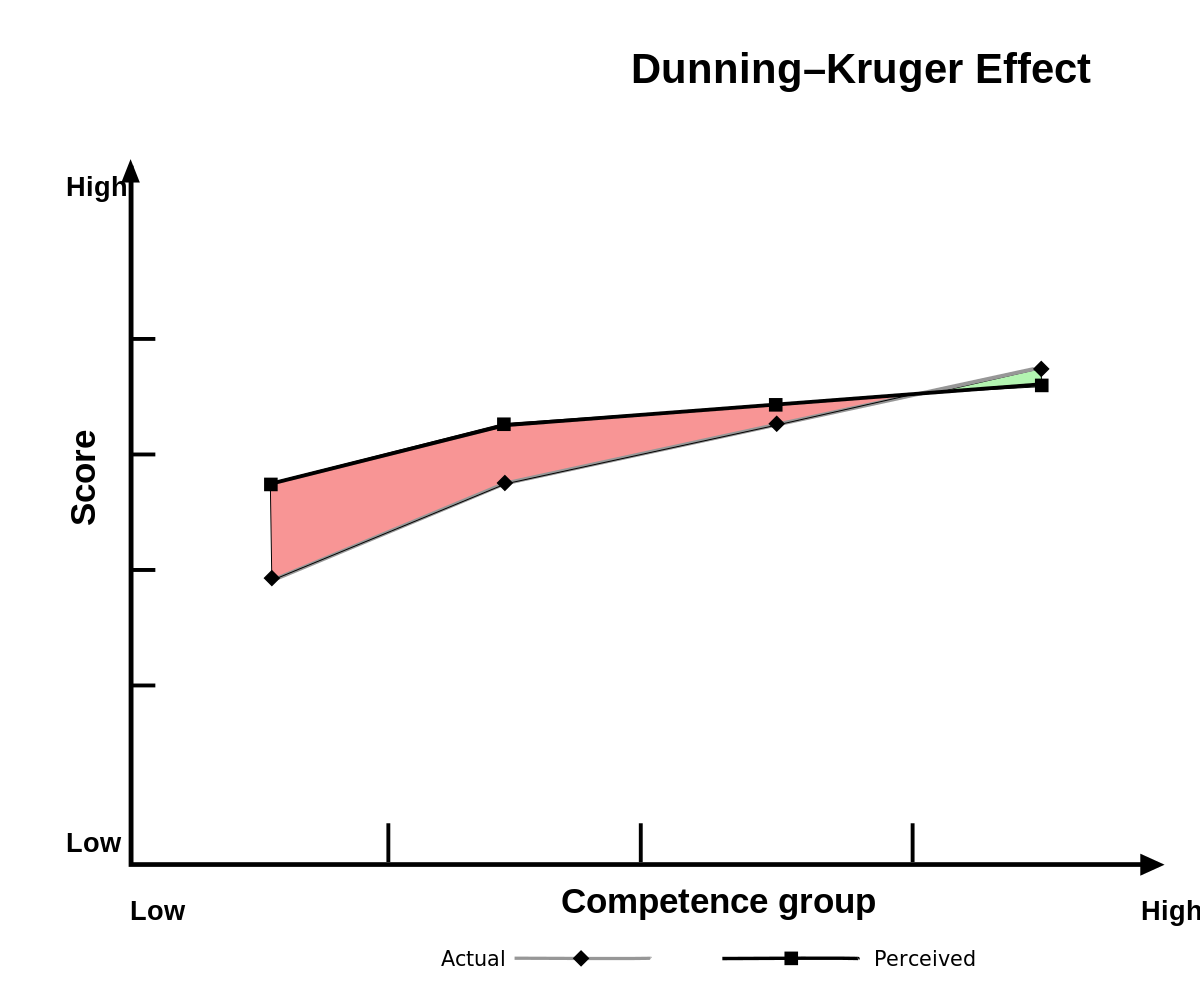Brychanus
* Ace Member *
Forgive me if a repost by title, but I didn't find a dedicated one and it might be good to have a fresh discussion anyway. I keep finding more and more synergies between SW22 DG coaching and the waltz in particular, and thought that a general thread helping people with posture concepts and control would be valuable.
Posture control is a basic requirement in the waltz instruction and it is often a main point of emphasis early on. Good instructors understand that you can't get good mechanics, balance, force transferring, partnering, or much of anything working right without it. IMHO in DG, there are very, very few people teaching posture and posture control well despite content pouring out at a higher and higher rate.
They key idea I want to reinforce is that the posture ideally forms an imaginary curved structure from the top of the head down to the toes.
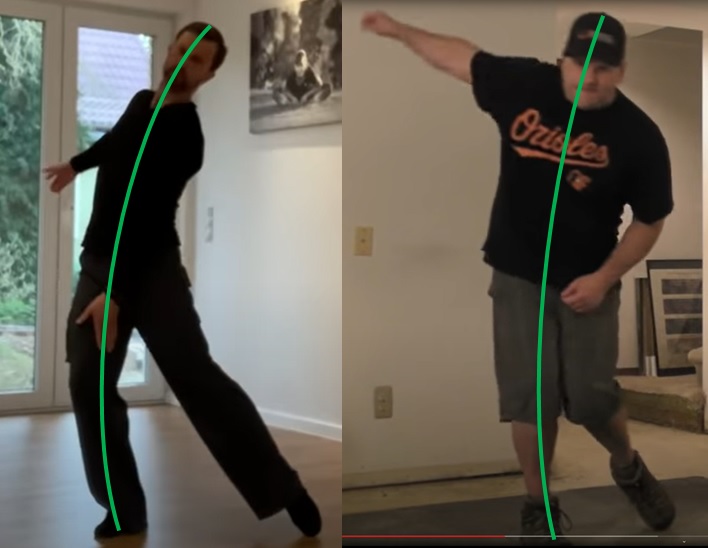

Increasingly as my mechanics get more synced, if I think about form changes as adjustments in one or more major parts of my posture, it helps me to learn faster and get hurt less. It's a two-way street - better mechanics and posture are reciprocal and inseparable. They open the doors to one another.
In particular, I've been aware for some time that a lot of the ground pressure transfer and alignments share similarities to some dance motions, but there are enough differences in the DG backhand posture and as an integrated move that it took a while to find some concepts and feel to yoke it to.
Then this week something new happened to me. I fairly suddenly started getting more kinematic chain efficiency from the ground up, and the result was that remaining breaks in the chain were leaking back into my body higher and higher up the chain with more and more force even when swinging with minimal effort. This was really scary because I've never gotten hurt before when it felt so smooth and effortless - usually I had that subjective feeling of muscling up somewhere or jamming up to accompany it.
In the past day my neck just took a broadside from that quickly improving chain under my head that unfortunately did not include my head. Effortless feeling swing, but a nasty torque force.
You know when that doesn't happen even when I'm moving fast? When I dance.
This is part of learning how to move instead of getting lost in the weeds.
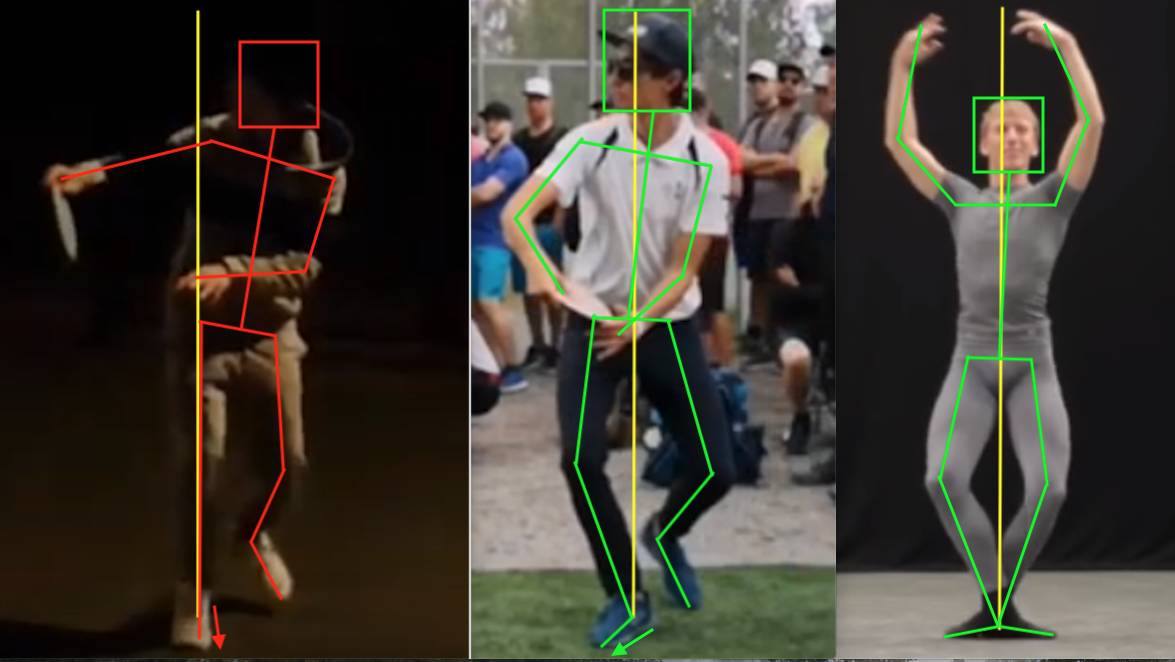
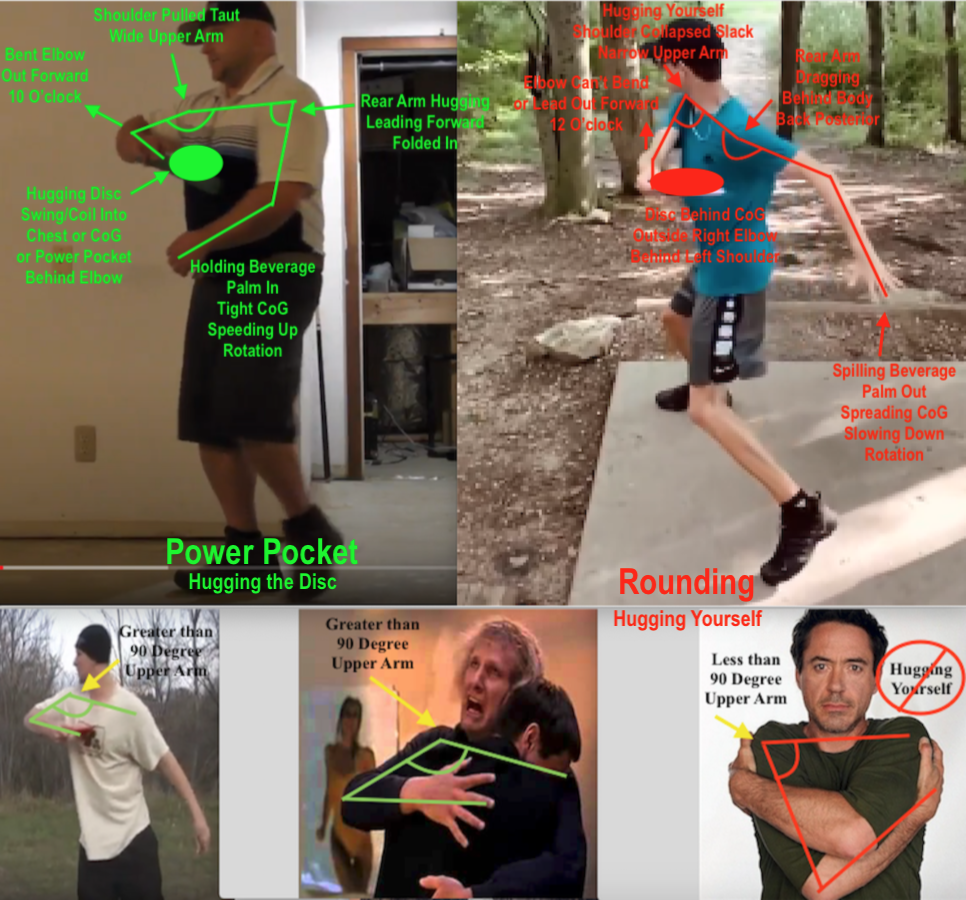
If you are hugging the disc and not yourself and rocking from foot to the top of the head properly, you are also swinging your waltz partner through a natural or reverse turn:
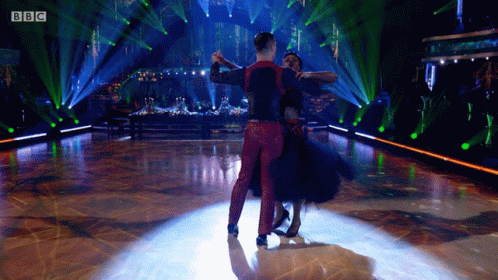
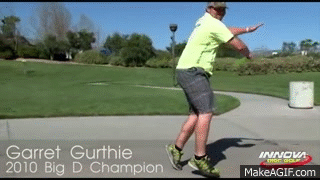
You are also rocking the baby as you stride:
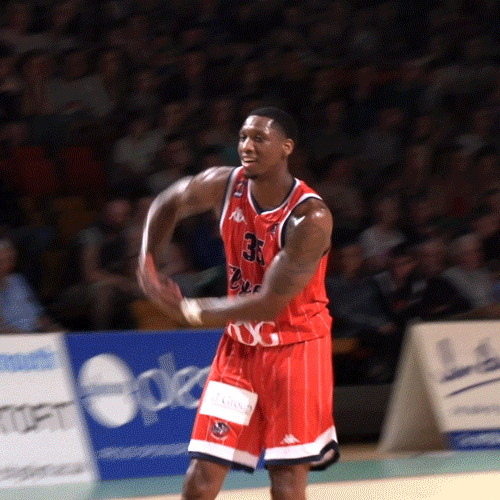
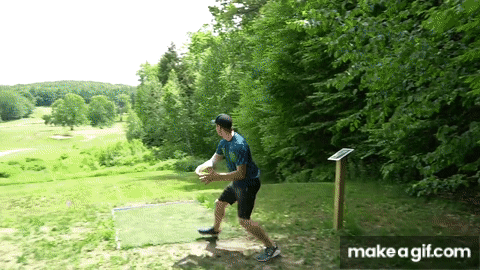
and correctly doing the Hammer X-step, Riding the Bull, Battering ram, Reverse Stride, and so on.
They are all the same in the sense that they are exploiting that powerful, balanced, safe force chain from the top of the head to the tip of the toes, and swinging, compressing, and decompressing that bow-like structure against the ground to lead the swing.
I encourage you all to find and share natural, intuitive motions like this that can help you get more dynamic load and balance. They really can scaffold you out of form hell.
It should all be connected from the top of the head to the tip of the toes from foot to foot when you move. The head should be neutral and well-integrated with the rest. The reason that some pros can take their head less off line to the target is due to flexibility and practice, but they still have the head connected in the balanced force chain. Otherwise they'd be going to the hospital pretty fast.
So here are a few lunchtime consumables and please share your own.
Some OG vids (he gets into it often of course):
Setting the basic posture and hip hinges up for success:
This is one of the better Waltz videos on posture that also includes whole body chain mechanics and ground pressure. Timestamp 25:33 or so is the most relevant but it's all good:
Of course a goodie from Shawn Clement shared elsewhere:
In my case, the similarities to the waltz begin to end where the postures do, and where DG is ultimately about achieving a late, effortless-feeling high-impact force spike whereas smooth dances tend to have lower peak acceleration amplitudes throughout the entire action chain.
Nevertheless, this force bow is your friend. Find it and let it be a guide.
Try to see the same thing in each of these actions in athletic posture:

Posture control is a basic requirement in the waltz instruction and it is often a main point of emphasis early on. Good instructors understand that you can't get good mechanics, balance, force transferring, partnering, or much of anything working right without it. IMHO in DG, there are very, very few people teaching posture and posture control well despite content pouring out at a higher and higher rate.
They key idea I want to reinforce is that the posture ideally forms an imaginary curved structure from the top of the head down to the toes.


Increasingly as my mechanics get more synced, if I think about form changes as adjustments in one or more major parts of my posture, it helps me to learn faster and get hurt less. It's a two-way street - better mechanics and posture are reciprocal and inseparable. They open the doors to one another.
In particular, I've been aware for some time that a lot of the ground pressure transfer and alignments share similarities to some dance motions, but there are enough differences in the DG backhand posture and as an integrated move that it took a while to find some concepts and feel to yoke it to.
Then this week something new happened to me. I fairly suddenly started getting more kinematic chain efficiency from the ground up, and the result was that remaining breaks in the chain were leaking back into my body higher and higher up the chain with more and more force even when swinging with minimal effort. This was really scary because I've never gotten hurt before when it felt so smooth and effortless - usually I had that subjective feeling of muscling up somewhere or jamming up to accompany it.
In the past day my neck just took a broadside from that quickly improving chain under my head that unfortunately did not include my head. Effortless feeling swing, but a nasty torque force.
You know when that doesn't happen even when I'm moving fast? When I dance.
This is part of learning how to move instead of getting lost in the weeds.


If you are hugging the disc and not yourself and rocking from foot to the top of the head properly, you are also swinging your waltz partner through a natural or reverse turn:


You are also rocking the baby as you stride:


and correctly doing the Hammer X-step, Riding the Bull, Battering ram, Reverse Stride, and so on.
They are all the same in the sense that they are exploiting that powerful, balanced, safe force chain from the top of the head to the tip of the toes, and swinging, compressing, and decompressing that bow-like structure against the ground to lead the swing.
I encourage you all to find and share natural, intuitive motions like this that can help you get more dynamic load and balance. They really can scaffold you out of form hell.
It should all be connected from the top of the head to the tip of the toes from foot to foot when you move. The head should be neutral and well-integrated with the rest. The reason that some pros can take their head less off line to the target is due to flexibility and practice, but they still have the head connected in the balanced force chain. Otherwise they'd be going to the hospital pretty fast.
So here are a few lunchtime consumables and please share your own.
Some OG vids (he gets into it often of course):
Setting the basic posture and hip hinges up for success:
This is one of the better Waltz videos on posture that also includes whole body chain mechanics and ground pressure. Timestamp 25:33 or so is the most relevant but it's all good:
Of course a goodie from Shawn Clement shared elsewhere:
In my case, the similarities to the waltz begin to end where the postures do, and where DG is ultimately about achieving a late, effortless-feeling high-impact force spike whereas smooth dances tend to have lower peak acceleration amplitudes throughout the entire action chain.
Nevertheless, this force bow is your friend. Find it and let it be a guide.
Try to see the same thing in each of these actions in athletic posture:

Attachments
Last edited:

